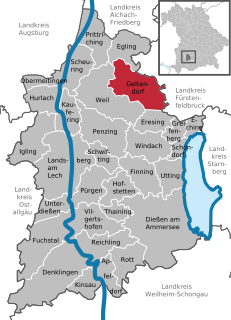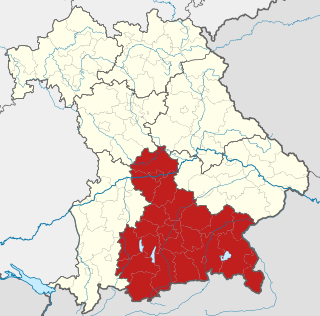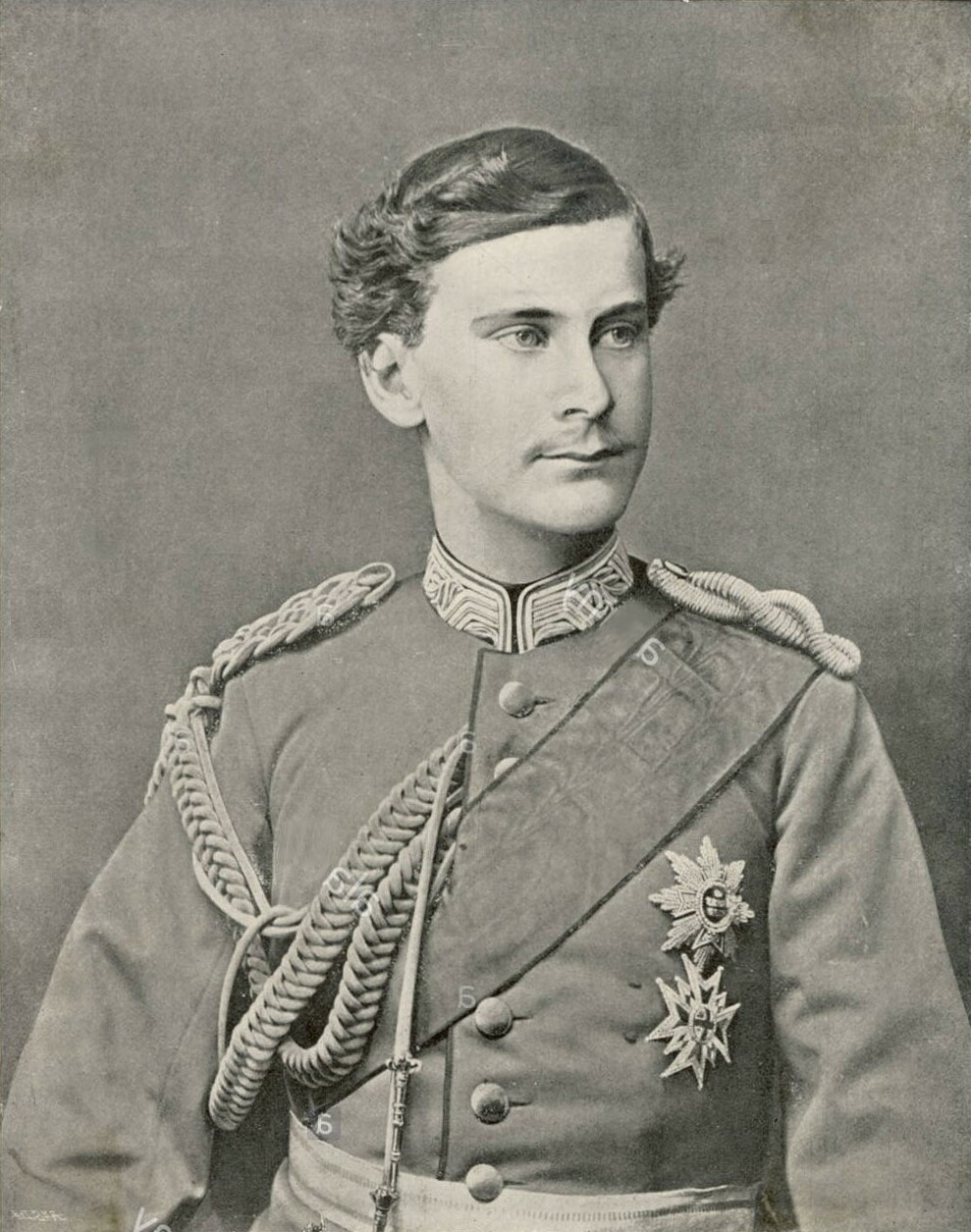
Otto was King of Bavaria from 1886 to 1913. However, he never actively ruled because of alleged severe mental illness. His uncle, Luitpold, and his cousin, Ludwig, served as regents.

Ludwig III was the last King of Bavaria, reigning from 1913 to 1918.

Rupprecht, Crown Prince of Bavaria, Duke of Bavaria, Franconia and in Swabia, Count Palatine by (the) Rhine was the last heir apparent to the Bavarian throne. During the first half of the First World War he commanded the German Sixth Army on the Western front. From August 1916, he commanded Army Group Rupprecht of Bavaria, which occupied the sector of the front opposite the British Expeditionary Force.

King of Bavaria was a title held by the hereditary Wittelsbach rulers of Bavaria in the state known as the Kingdom of Bavaria from 1805 until 1918, when the kingdom was abolished. It was the second kingdom, almost a thousand years after the short-lived Carolingian kingdom of Bavaria.
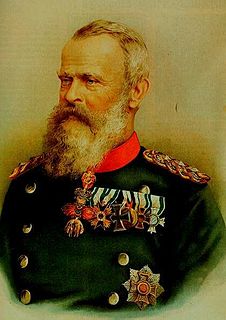
Luitpold, Prince Regent of Bavaria, was the de facto ruler of Bavaria from 1886 to 1912, due to the incapacity of his nephews, King Ludwig II for three days and King Otto for 26 years.
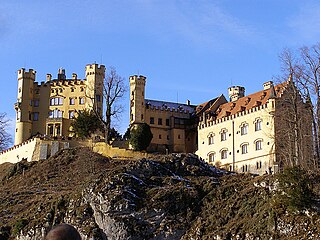
Hohenschwangau Castle or Schloss Hohenschwangau is a 19th-century palace in southern Germany. It was the childhood residence of King Ludwig II of Bavaria and was built by his father, King Maximilian II of Bavaria. It is located in the German village of Hohenschwangau near the town of Füssen, part of the county of Ostallgäu in southwestern Bavaria, Germany, very close to the border with Austria.
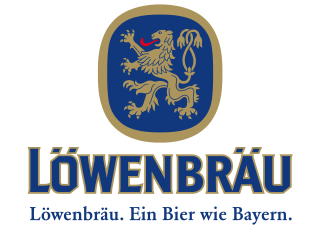
Löwenbräu is a brewery in Munich owned by Anheuser-Busch InBev. Its name means "lion's brew" in German. Most Löwenbräu beers are marketed as being brewed according to the Reinheitsgebot, the Bavarian beer purity regulation of 1516.
Duke in Bavaria was a title used among others since 1506, when primogeniture was established, by all members of the House of Wittelsbach, with the exception of the Duke of Bavaria which began to be a unique position. So reads for instance the full title of Karl I, Count Palatine of Zweibrücken-Birkenfeld and patriarch of the House of Palatinate-Birkenfeld: "Count Palatine by Rhine, Duke in Bavaria, Count to Veldenz and Sponheim". The title grew in importance as Wilhelm, Count Palatine of Zweibrücken-Birkenfeld-Gelnhausen began to use it as his primary title. This choice has also had effect for his descendants.
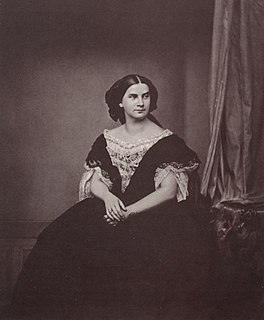
Marie of Prussia was Queen of Bavaria and the mother of Kings Ludwig II and Otto of Bavaria.
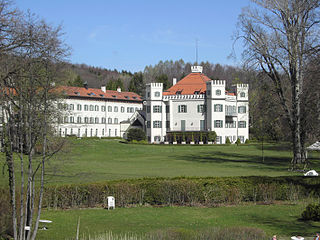
Possenhofen Castle is located in the town of Possenhofen on the western shore of Lake Starnberg in Bavaria, Germany.

Prince Ludwig Ferdinand of Bavaria, was a member of the Bavarian Royal House of Wittelsbach and a General of Cavalry. Following his marriage to Infanta Maria da Paz of Spain, he also became Spanish infante.
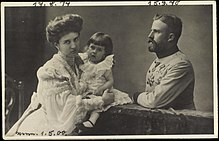
Prince Ludwig Gaston of Saxe-Coburg and Gotha, known in Brazil as Dom Luís Gastão, was a German prince of the House of Saxe-Coburg and Gotha-Koháry, and the last surviving grandchild of Emperor Pedro II of Brazil.

Brenz Castle is Renaissance castle located in the Brenz an der Brenz borough of Sontheim in Heidenheim district of Baden-Württemberg in Germany. The current castle was built in 1672 and rests on the remains of an earlier castle destroyed during the Thirty Years' War. Within the castle is a small Community Heritage Museum that is open on Sundays, Holidays or by appointment and hosts several concerts throughout the year.
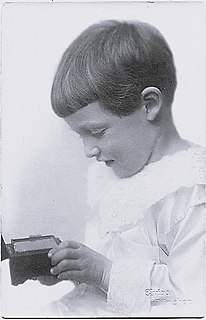
Prince Ludwig of Bavaria was a member of the Bavarian Royal House of Wittelsbach.

Prince Luitpold of Bavaria is a member of the House of Wittelsbach, which reigned as kings of Bavaria until 1918, and a CEO of König Ludwig GmbH & Co. KG Schlossbrauerei Kaltenberg.

Berg Castle is a manor house situated on the east shore of Lake Starnberg in the village of Berg in Upper Bavaria, Germany. It is famous as the site of King Ludwig II of Bavaria's death. Today, it remains home to the head of the house of Wittelsbach, currently Franz, Duke of Bavaria.

Ludwig II was King of Bavaria from 1864 until his death in 1886. He is sometimes called the Swan King or der Märchenkönig. He also held the titles of Count Palatine of the Rhine, Duke of Bavaria, Duke of Franconia, and Duke in Swabia.

The Palais Leuchtenberg, built in the early 19th century for Eugène de Beauharnais, first Duke of Leuchtenberg, is the largest palace in Munich. Located on the west side of the Odeonsplatz, where it forms an ensemble with the Odeon, it currently houses the Bavarian State Ministry of Finance. It was once home to the Leuchtenberg Gallery on the first floor.
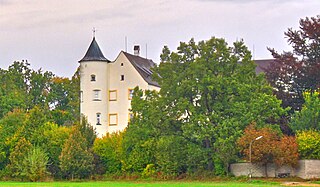
Schloss Lauterbach is a stately house in the village of Lauterbach, part of the municipality of Bergkirchen, Bavaria, Germany.

